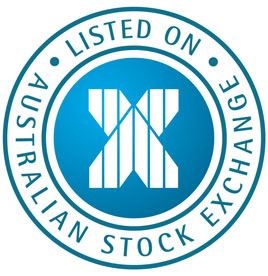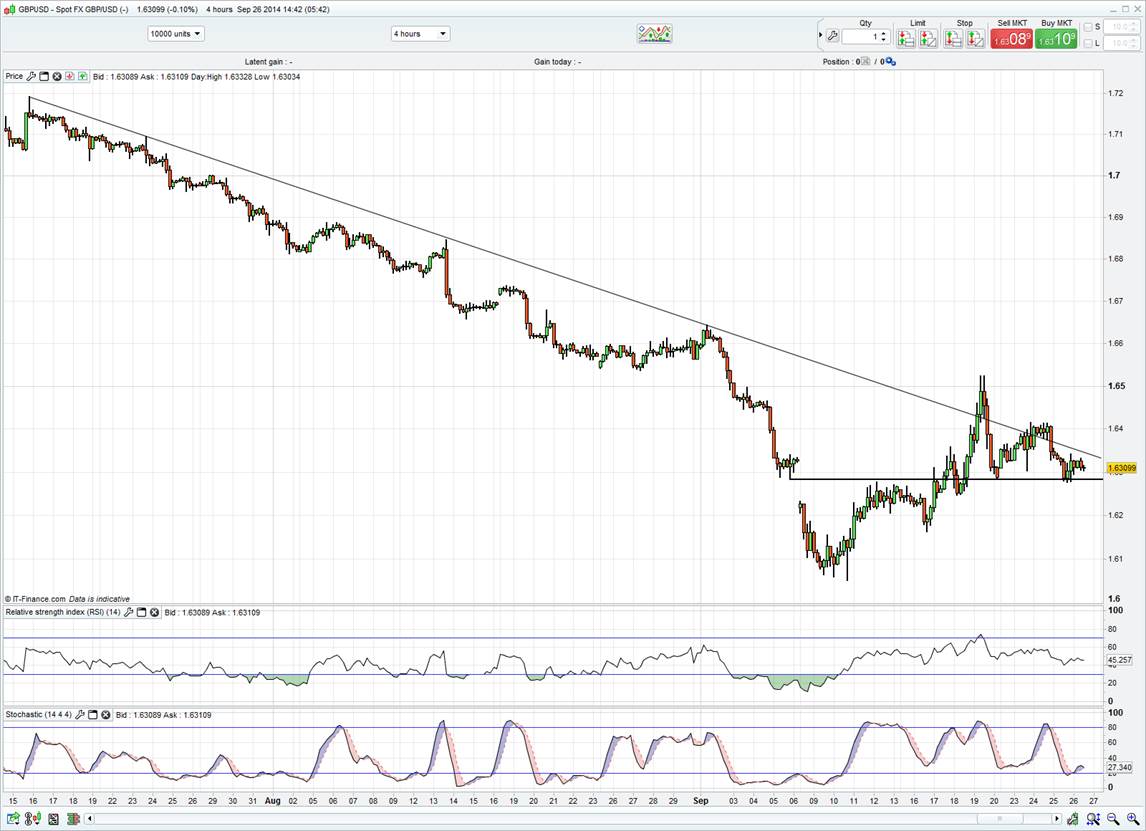
by Chris Weston, IG
Despite Melbourne shutting down for the AFL footy finals this weekend, the euphoria isn’t shared by traders in Australia, who are expressing a much more bearish view on assets.
Unlike other recent sell-offs of late, driven by moves in the US bond markets as Fed rate hikes increase, what we saw in Europe, the US and today in Asia is a classic ‘risk off’ move. In the US, the S&P printed a bullish outside day on Wednesday, suggesting the bulls were in firm control. However, this move lacked follow-through buying yesterday and, as the S&P 500 moved through the 50-day average, selling picked up on rumours of a sizeable sell program hitting the market. The bears will certainly be enthused by the fact the index closed not only below the September 15 low of 1978, but also on session lows.
The 2012 uptrend remains intact and, with this in mind, a weekly close below 1945 could see a big pick up in shorting activity. Still, it’s interesting to ask why the market actually chose to sell off with such ferocity. While some will point to comments from Dallas Fed president Richard Fisher about rates being put up sooner, this makes little sense as both bond yields and interest rate expectations actually fell – not to mention the fact he has been banging this drum for months. News about Russia drafting a bill to seize foreign assets is certainly one reason, but markets have learnt to cope with these tensions. It was a funny old session, and price action today will therefore be key.
JPY bears in control… again
Here in Asia, there has been renewed selling of JPY, with USD/JPY reclaiming the ¥109 handle. Some will point to the core national CPI, which at 1.1% (once adjusted for the impact of the sales tax rise), was just below forecast and is fairly woeful.
Granted, the recent move lower in the JPY on a trade-weighted basis is yet to feed through into import price inflation, but it still seems more really needs to be done. There have also been comments today from health minister Yasuhisa Shiozake suggesting he is keen to alter law to allow near-term changes to the Government Pension Investment Fund (GPIF). This would justify the moves in USD/JPY and, consequently, the Nikkei, given there had been some speculation that these changes to the $1.4 trillion fund may be delayed.
The ASX 200 has lost further ground, and at one stage looked like we may see the index break below 5200. On an index level, it’s been a horror month to be long Aussie stocks, with the market down 5.5% – the worst monthly performance since May 2012. What’s more, the index has effectively seen a correction having fallen 11% looked at in USD terms (or as an unhedged overseas investor). This is just shy of the 12.2% lost in USD terms in May 2013.
Banks have been at the epicentre of this trade, with the financial sector down 6.5% this month (12% in USD terms), just shy of the 8.9% fall seen in May 2012. It’s all looking fairly bleak and, judging by the fact the S&P 500 is yet to really turn bearish, we could see the ASX 200 undergo further losses if the 2012 uptrend on the S&P 500 gives way.
Is $1.6400 on the cards for cable?
The central bank divergence trade continues in earnest. The comments from the Bank of England’s Mark Carney highlighted that, along with the Fed (who look set to raise rates in June), the BoE will also begin increase rates gradually from next year. If we think GBP and the USD have positive qualities (due to the more restrictive stance of the central banks), the price action in cable is interesting.
Looking at the four-hour chart, we can see the pair holding the gap lower from Monday 8 September’s gap at $1.6283, which is positive. However, there is clear consolidation with traders really searching for direction. My best guess is that, if the pair breaks the July downtrend, it should potentially head to $1.6500 – which is where I would be easing off on longs. Still, if GBP/USD is the battle of the two most attractive currencies, then EUR/JPY has to the battle for the ugliest house on the block.

European markets should open on a flatter footing, with US futures not really moving either way in Asia. It seems data meant very little yesterday, with European M3 money supply slightly hotter than forecast. While there was a focus on the collapse in US durable goods, the more interesting data point was the 7.5% year-on-year rise in core capex orders. US 2Q GDP is firmly in focus in upcoming US trade as economists expect the quarterly print to be revised forty basis points higher to 4.6%.
The economist range is 3.4% to 5%, so it will be interesting to see how markets take the print and whether we see good news resulting in bad news for stocks. We also get personal income and spending, which could play into inflation expectations. On this point, it seems inflation is back on the radar as a major market concern. How are we seeing falling inflation expectations in so many developed countries given where we are in the cycle and the stimulus thrown at promoting it?
Ahead of the European open we are calling the FTSE 6640 +1, DAX 9501 +9, CAC 4360 +5, IBEX 10761 -22 and MIB 20407 -3